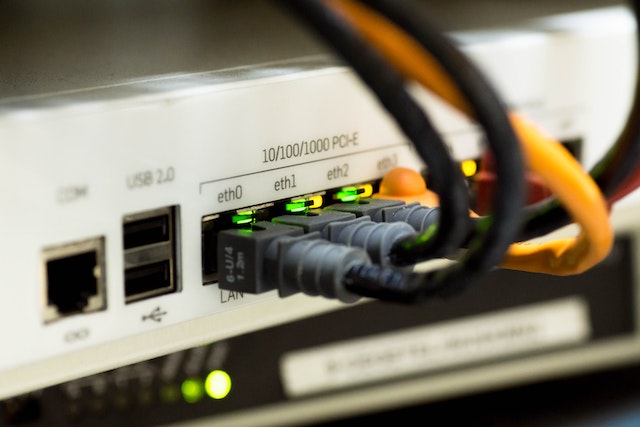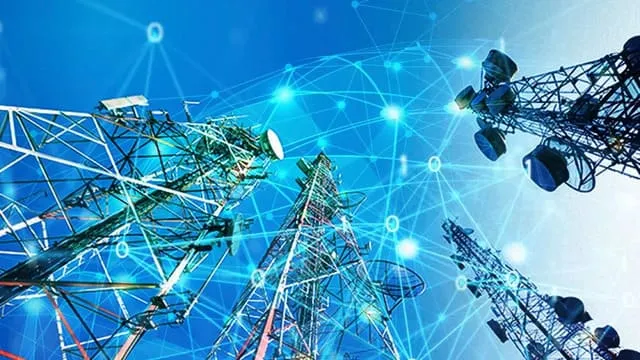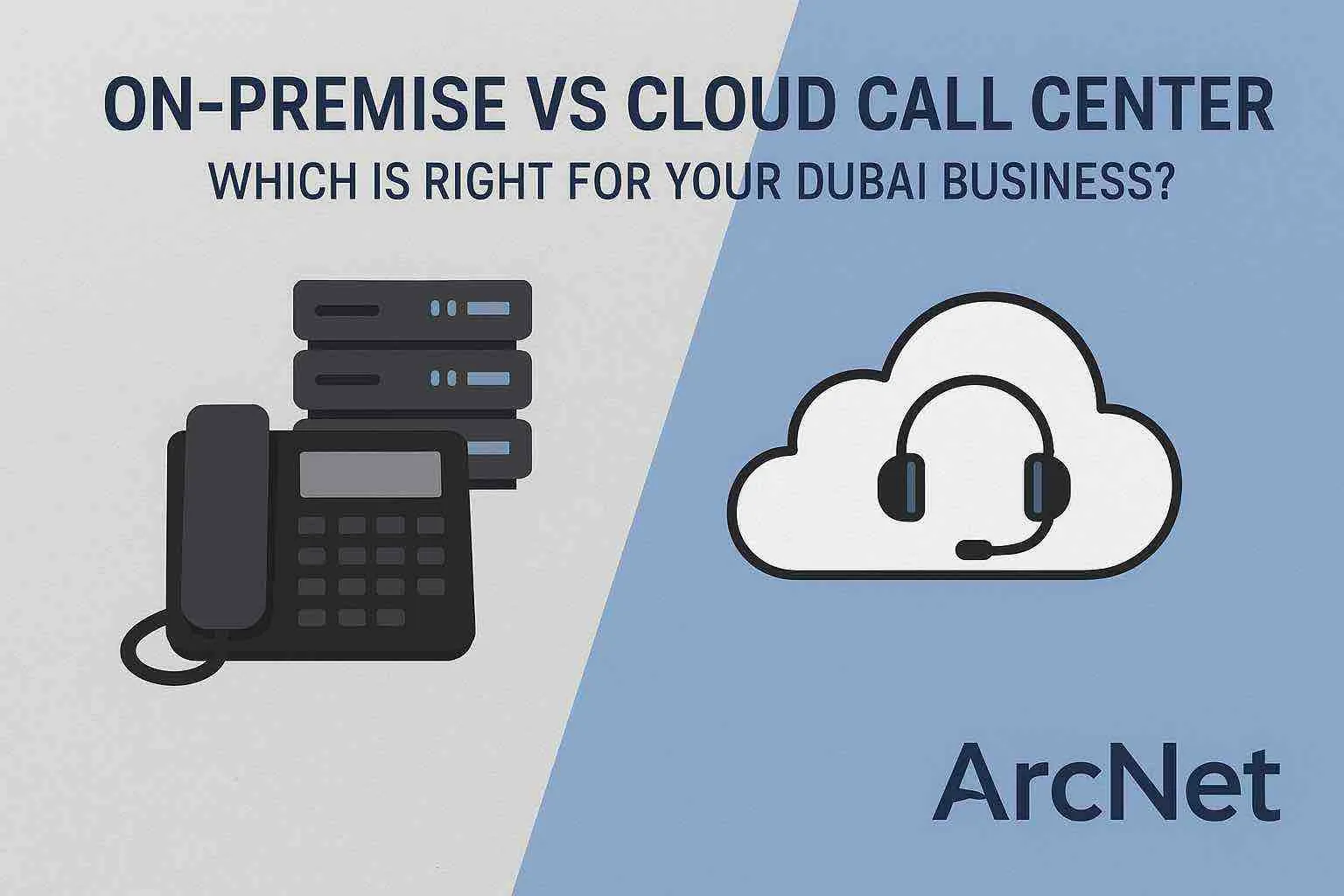Customer Data Security in Call Centers: Best Practices for Compliance
Call centers handle a wealth of sensitive customer information daily, making data security a top priority.
Sept. 24, 2023, 3 min read,

The Internet, a sprawling network connecting billions of devices worldwide, relies on a set of protocols to function efficiently. Among these protocols, the Internet Protocol (IP) serves as the foundation for routing data packets across networks. For decades, the world has primarily used IPv4 (Internet Protocol version 4), but with the proliferation of devices, IPv6 (Internet Protocol version 6) has emerged as the successor. In this article, we'll explore the differences between IPv4 and IPv6, the reasons behind the transition, and the challenges and benefits of adopting IPv6.
1. 32-Bit Addresses: IPv4 employs 32-bit addresses, allowing for approximately 4.3 billion unique IP addresses.
2. Address Format: IPv4 addresses are represented in decimal format, such as 192.168.1.1.
3. Address Exhaustion: The limited number of available IPv4 addresses has led to address exhaustion, making it challenging to allocate new addresses.
4. NAT (Network Address Translation): To cope with address scarcity, many networks use NAT to share a single public IP address among multiple devices.
1. 128-Bit Addresses: IPv6 features 128-bit addresses, providing an astronomical number of unique IP addresses (340 undecillion).
2. Address Format: IPv6 addresses use hexadecimal notation, separated by colons, like 2001:0db8:85a3:0000:0000:8a2e:0370:7334.
3. Address Allocation: IPv6 was designed to eliminate address exhaustion, ensuring that every device can have its unique IP address.
4. Simplified Header: IPv6 has a simplified header structure, which improves routing efficiency.
1. Exhaustion of IPv4 Addresses:** The primary reason for the transition is the depletion of available IPv4 addresses. With the rapid growth of internet-connected devices, IPv4 addresses have become scarce.
2. Scalability: IPv6's vast address space is essential for accommodating the ever-expanding Internet of Things (IoT) and ensuring the internet's continued growth.
3. Security: IPv6 includes built-in security features, improving the overall security of internet communication.
1. Compatibility: Transitioning from IPv4 to IPv6 requires careful planning to ensure that both protocols coexist without disruptions.
2. Legacy Systems: Many older devices and networks may not support IPv6, necessitating updates or replacements.
3. Awareness and Training: Organizations and IT professionals must familiarize themselves with IPv6's features and configurations.
1. Abundant Address Space: IPv6 provides more than enough unique addresses for every device, eliminating address scarcity.
2. Enhanced Security: IPv6 includes security features like IPsec, enhancing network security.
3. Improved Performance: IPv6's simplified header and efficient routing improve network performance.
4. IoT Support: The proliferation of IoT devices is made feasible with IPv6's extensive address space.
The transition from IPv4 to IPv6 is an essential step in ensuring the continued growth and functionality of the internet. While challenges exist in the process, the benefits of IPv6 adoption, including abundant address space, enhanced security, and improved performance, make it a necessary and worthwhile evolution in the world of networking. As the internet continues to expand and more devices come online, IPv6 will play a crucial role in enabling connectivity for all.
Call centers handle a wealth of sensitive customer information daily, making data security a top priority.

With the rise of Artificial Intelligence (AI), companies are finding innovative ways to revolutionize their customer feedback services

Embracing Technology for Enhanced Patient Care

Customer service is not just about solving problems and answering questions; it's also about understanding human psychology and emotions. Call centers are at the forefront of this intricate interaction, where every conversation can impact customer satisfaction. In this article, we delve into the psychology of customer service and how call centers can harness it to leave customers delighted.

In this article, we'll explore the key strategies that can transform your training program and empower call center agents to excel in their roles.

Branch connectivity is a crucial aspect of modern business operations...

In this article, we'll explore the pros and cons of each approach to help businesses make an informed choice.

Get know about The Internet of Things (IoT): Connecting the Smart World

In this article, we will delve into the crucial role of DNS in the internet, its function, and its significance in simplifying our online experience.

Voice over Internet Protocol (VoIP). what you should know about it.

Do you need to install a server in your place or do you need outsourcing?

Technical services for installing and setting up servers and supporting servers such as HP and Dell at your' place

video surveillance setups, CCTV gear with setup and installtion services.

In today's globalized business landscape, powerful communication and customer service are vital for achievement.

One question many business owners often wonder is whether they need a call center solution.

It's crucial to understand the essential software and equipment required to set up a call center. In this article, we'll walk you through the key components you need to establish a functional call center.

In today's world, fast internet is important. There are two common ways to get it: Fiber-to-the-Home (FTTH) and Digital Subscriber Line (DSL).

Acronyms like DSL and VDSL often leading to confusion about their meanings and capabilities. Are they the same thing? Or do they represent distinct technologies?

In this article, we'll dive into the world of call center performance measurement and explore the critical metrics that drive success.

"This has been by far the worst airline call center experience I've ever had"

Explore the latest advancements in access control technology, from IoT integration and touchless entry to biometric authentication and AI-driven automation, ensuring robust and efficient security solutions for modern workplaces.

In a fast-paced digital world, where communication and technology are vital, ArcNet stands as your reliable partner for all your IT and Telecom needs.

Enhance your business communication with ArcNet’s cutting-edge Call Center Solutions in Dubai, UAE. From advanced software to customized projects, we empower businesses with scalable, efficient, and cost-effective call center services tailored for success.

Discover how custom IT applications are reshaping the landscape of education, fostering innovation, accessibility, and collaboration.

Deliver exceptional customer service and improve agent efficiency with our Call Center Solution, available on-premise or in the cloud

Structured cabling refers to the standardized, organized, and comprehensive cabling system that serves as the foundation for all communication networks within a building or campus....

Building connections that matter — discover how to set up a powerful call center in Dubai with the right technology, people, and local expertise

Here’s a simple breakdown of on-premise vs. cloud contact centers — setup time, costs, scalability, and compliance tips to help you choose what fits your business best.

Find the perfect call center setup for your Dubai business — scalable, bilingual, and built for UAE success with ArcNet.
